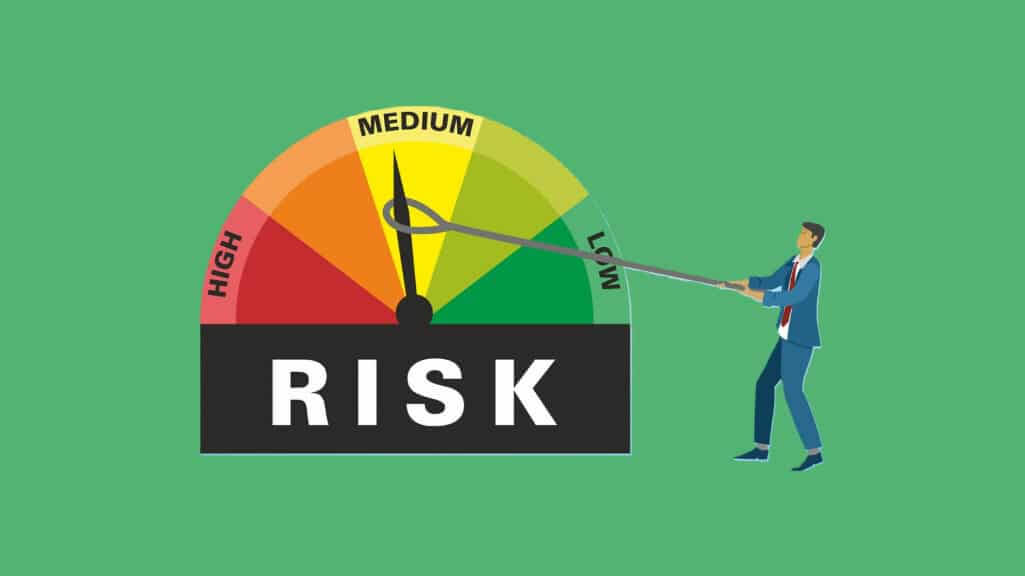Decoding the Dance of Risk: Factors that Shape the Forex Trading Landscape
Forex trading, the largest financial market in the world, is akin to a grand dance of currencies, where traders participate in a delicate ballet of risk and reward. To succeed in this mesmerizing market, understanding the basics of forex trading is crucial. But equally important is comprehending the intricate web of risk factors that sways this global stage.
Statistics surrounding the risks in forex trading paint a sobering picture of the challenges faced by market participants. It’s essential for traders to grasp these figures to make informed decisions and implement effective risk management strategies. According to industry data, approximately 90% of retail traders incur losses in the forex market. This stark statistic underscores the difficulty of consistently profiting in this highly competitive arena.
One of the primary culprits behind these losses is excessive leverage, with statistics showing that many traders overextend themselves by using leverage ratios that amplify their risk exposure. Moreover, it’s estimated that around 80% of traders leave the market within their first year, primarily due to losses. Emotional factors contribute significantly to these statistics, as impulsive decision-making and a lack of discipline often lead to detrimental outcomes. These numbers highlight the importance of mastering not just the technical aspects but also the psychological aspects of forex trading.
Furthermore, studies reveal that successful traders tend to employ risk management tools more effectively. For instance, traders who employ stop-loss orders are better equipped to limit their losses and protect their capital. In essence, the statistics of forex trading risks serve as a stark reminder that while the potential for profits is alluring, it’s crucial for traders to approach the market with caution, a comprehensive understanding of the risks involved, and a well-thought-out risk management plan to navigate the complex terrain of forex trading successfully.
In this article, we’ll explore these factors, shedding light on the art of managing risk in the forex world.
The Forex Market Unveiled
Before we delve into the risk factors, let’s briefly touch upon understanding the basics of forex trading. At its core, forex trading involves buying one currency while simultaneously selling another. Currencies are traded in pairs, such as EUR/USD or GBP/JPY, and traders speculate on whether one currency will rise or fall in value relative to the other.
The forex market operates 24/5, offering unparalleled liquidity and accessibility. However, beneath its glittering surface lies a complex tapestry of risk factors that can make or break a trader’s fortunes.
Volatility: The Double-Edged Sword
Volatility is both a blessing and a curse in forex trading. On one hand, it provides ample opportunities for profit, allowing traders to capitalize on price fluctuations. On the other hand, it exposes traders to the risk of sudden, adverse movements that can wipe out gains in an instant.
To mitigate this risk, traders employ risk management tools like stop-loss orders, which automatically exit a trade if losses reach a predetermined threshold. Understanding the basics of forex trading includes recognizing that volatility demands caution and discipline.
Leverage: The Magnifier of Gains and Losses
Leverage is a powerful tool in forex trading, allowing traders to control large positions with relatively small amounts of capital. While this can magnify gains, it also magnifies losses. It’s like a double-edged sword that must be wielded with care.
Risk management in forex trading entails using leverage judiciously and being aware of the potential for significant losses. It’s essential to understand that while leverage can amplify profits, it can just as easily amplify the risks.
Economic Factors: The Global Symphony
Forex markets are highly sensitive to economic events and data releases. Factors such as interest rates, inflation, employment reports, and geopolitical events can send shockwaves through currency markets.
Understanding the basics of forex trading includes keeping a close watch on economic calendars and being prepared for market reactions to major announcements. Traders often use fundamental analysis to assess how economic factors may impact currency prices.
Technical Analysis: The Art of Chart Reading
Technical analysis is another key aspect of understanding the basics of forex trading. It involves studying price charts and patterns to make informed trading decisions. While technical analysis can be a valuable tool, it’s not without its risks.
Traders should be cautious about relying solely on technical indicators, as they can sometimes give false signals. Combining technical analysis with other risk management strategies can help mitigate this risk.
Emotional Discipline: The Trader’s Inner Battle
Perhaps the most challenging risk factor in forex trading is the trader’s own emotions. Fear, greed, and impatience can lead to impulsive decisions and costly mistakes. Successful traders cultivate emotional discipline, sticking to their trading plans and avoiding emotional reactions to market movements.
Diversification: Spreading the Risk
One effective risk management strategy is diversification. Instead of putting all your capital into a single trade, spread it across different currency pairs and asset classes. Diversification can help reduce the impact of a poor-performing trade on your overall portfolio.
Risk-Reward Ratio: Balancing Act
Understanding the basics of forex trading also involves grasping the concept of the risk-reward ratio. This ratio helps traders assess whether a trade is worth taking based on the potential reward compared to the risk. A favorable risk-reward ratio can enhance long-term profitability by ensuring that winning trades outweigh losing ones.
Conclusion
In the world of forex trading, understanding the basics of forex trading is only the first step on a journey fraught with risks and rewards. The factors that shape the forex trading landscape are many and complex, but with knowledge, discipline, and careful risk management, traders can navigate this intricate dance with confidence.
Remember, the forex market is not a guaranteed path to riches, but rather a dynamic arena where risks and opportunities coexist. To succeed, traders must respect the risks, manage them wisely, and embrace the ongoing process of learning and adaptation. Only then can they hope to decode the dance of risk and waltz their way to success in the forex trading world.
The post Decoding the Risk: Factors that Shape the Forex Trading appeared first on FinanceBrokerage.
























